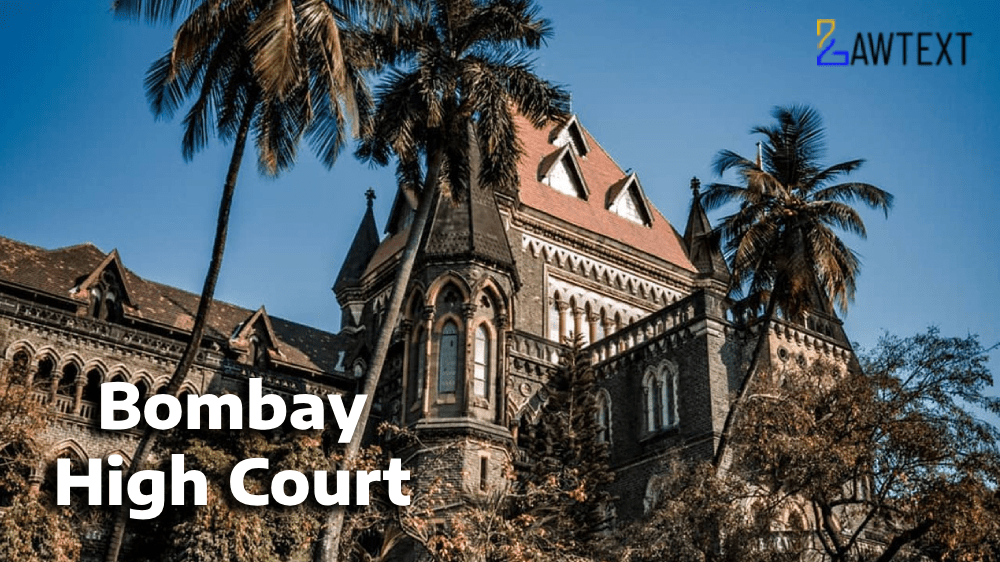

The court re-examined the conviction of two appellants under Section 302 read with Section 34 of the Indian Penal Code, questioning the validity of the circumstantial evidence presented by the prosecution. The appeal raised critical issues regarding the adequacy of the prosecution's evidence, especially the recovery of incriminating articles based on the accused's information and the proper application of Section 27 of the Indian Evidence Act.
The court scrutinized the prosecution’s reliance on circumstantial evidence, including the recovery of a pestle and other articles allegedly used in the crime. The defense argued that the panchnama, which documented the recovery based on the accused's disclosure, was flawed due to the lack of explicit testimony from panch witnesses about the accused’s disclosure of the location.
The court noted that the absence of a clear disclosure by the accused, as required under Section 27, significantly weakened the prosecution’s case. Citing precedents from the Manoj Madanlal Tekam and Subramanya cases, the court emphasized that such omissions render the recovery evidence insufficient to establish guilt beyond a reasonable doubt.
The court highlighted discrepancies in the timing of the panchnamas, raising doubts about the credibility of the recovery process. The defense pointed out the implausibility of the sequence of events, where the police and accused allegedly covered a 10-kilometer distance in mere seconds.
The court found the evidence related to the seizure of articles, including a blood-stained saree and gold ornaments, to be questionable. The prosecution's failure to establish a clear link between these articles and the accused, along with the shaky testimony of key witnesses, further weakened the case.
The court discussed the applicability of Section 106, which shifts the burden of proof to the accused in cases where the prosecution has established foundational facts. However, the court concluded that the prosecution failed to establish such facts convincingly, making the application of Section 106 premature and unjustified.
The court expressed serious doubts about the conviction of the appellants, highlighting the prosecution's failure to establish a complete and unbroken chain of circumstantial evidence. The judgment underlined that the accused must be proven guilty beyond a reasonable doubt, and in this case, the evidence presented was insufficient to meet this standard.
Given the shortcomings in the prosecution's case and the legal principles involved, the court suggested that the conviction and sentence should be reconsidered. The appeal filed by the appellants under Section 374(2) of the Code of Criminal Procedure was deemed to warrant serious consideration.
Citation: 2024 LawText (BOM) (7) 291
Case Number: CRIMINAL APPEAL No. 12 OF 2022.
Date of Decision: 2024-07-29
Case Title: Adina wd/o Subhash Rathod Ors. Versus The State of Maharashtra Ors.
Before Judge: VINAY JOSHI AND VRUSHALI V. JOSHI , JJ.
Advocate(s): Mr. A.S. Mardikar, Senior Advocate with Shri D.Singh, Advocate for Appellants. Ms T.H. Udeshi, A.P.P. for Respondent/State.
Appellant: Adina wd/o Subhash Rathod Ors.
Respondent: The State of Maharashtra Ors.